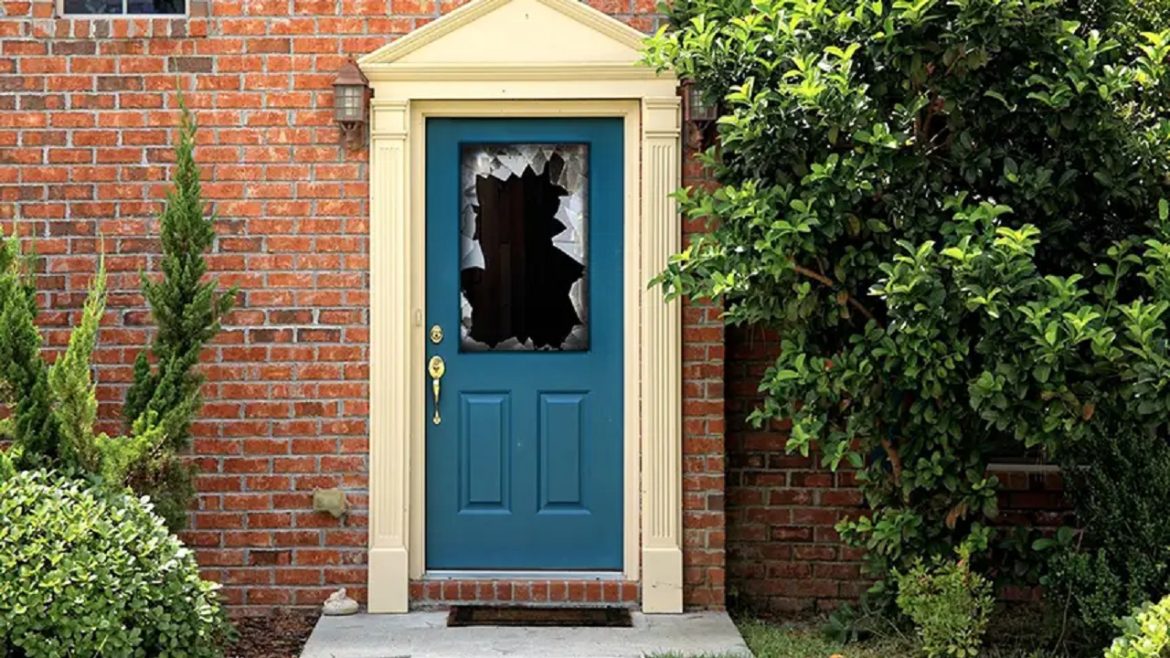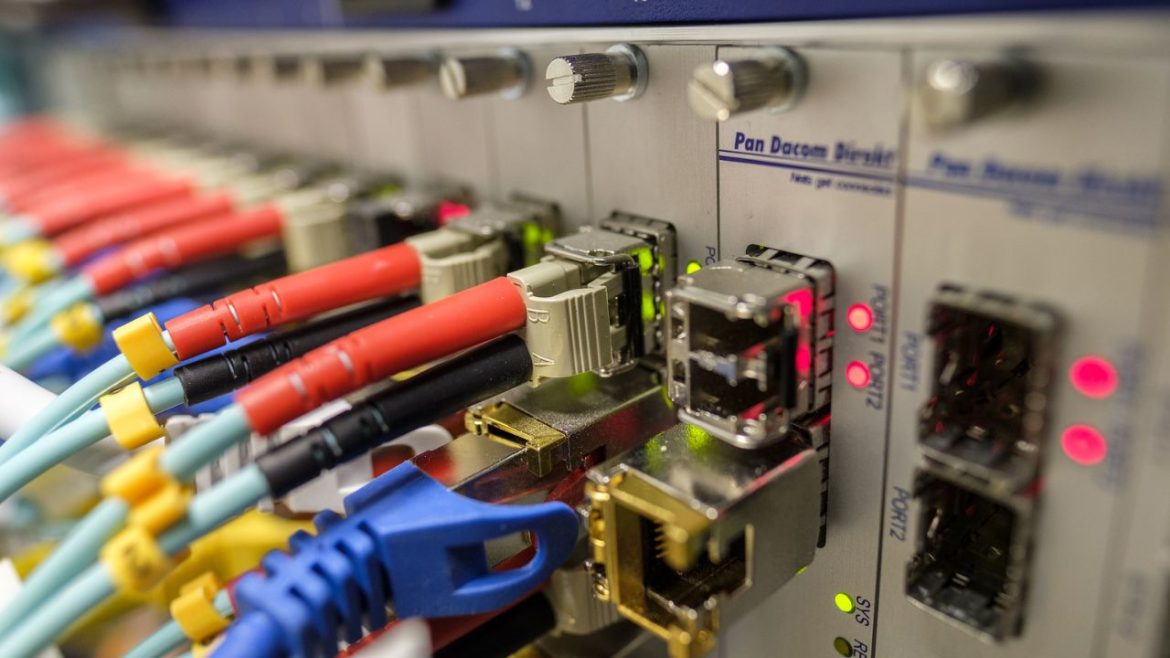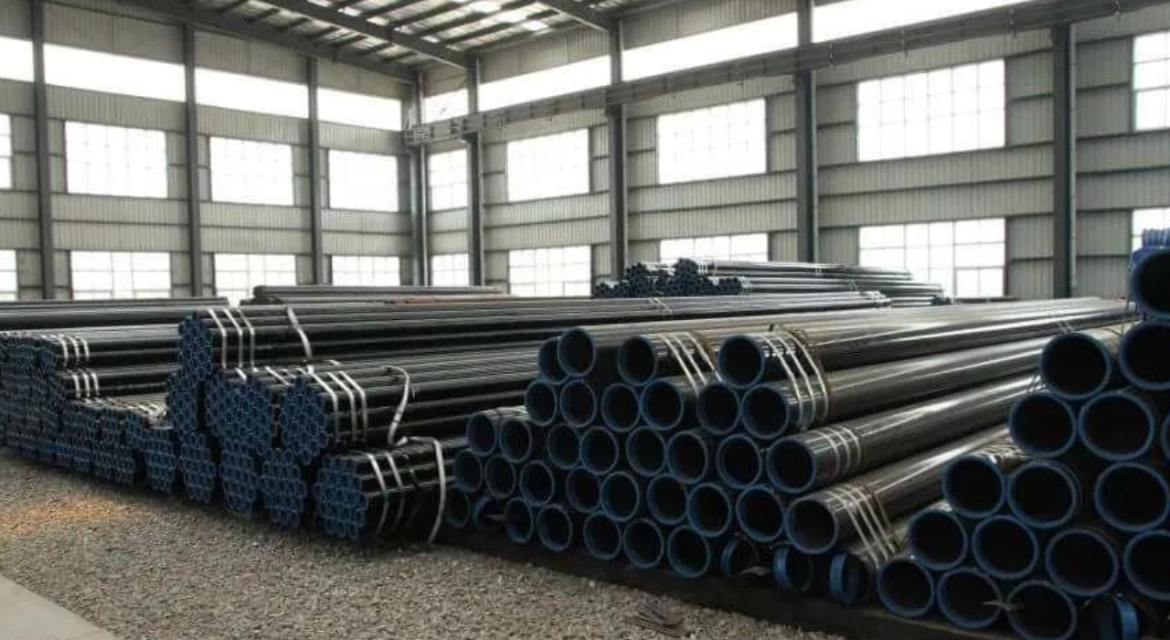Ethereum is among the most actively traded digital currencies globally and offers short-term volatility and long-term investment prospects. ETH/USDT is one of the most actively traded currency pairs on Bitget, the digital asset trading market. Traders seeking to capture profitable trading opportunities in this dynamic market rely on Bitget’s advanced, immediate market access tools. The tools revolutionize it with transparency, rapid connection speeds, and extensive analytical depth. They empower traders to maintain a relative advantage over approaching ethereum price usdt changes.
The Importance of Real-Time Data in Ethereum Trading
The rapid shift of the crypto markets means that for Ethereum and other coins, every second counts. Ethereum’s price can change within seconds depending on various factors that range from network upgrades and macroeconomic news to the activities of crypto whales. To address this, Bitget customers are provided with live tracking and continuous updates on the ETH/USDT pair. Each tick on the customers’ screens corresponds to the activity of real trades, meaning customers always see the true market value. Customers in the first and second markets can see price changes measured in pence, which helps them make better positioning decisions. The ability to observe and trade at this price point is essential for all traders, but it is critical for those in rapid markets.
Comprehensive Market Visualization
Bitget integrates Trading View to extend advanced market visualization capabilities right within the trading platform. Through this partnership, traders are provided with chart patterns, candle patterns in real time, and advanced technical indicators, including RSI, MACD, and moving averages. These instruments can be used to assess Ethereum’s price action and predict possible ETH/USDT pair price breakouts and reversals. For time series analysis, traders can choose from timeframes in seconds to months, benefiting both scalpers and long-term traders. With the integration of tools to visualize and analyze price per ETH, Bitget assists traders in trend analysis to confirm signals and adjust their trading strategy.
Order Book Depth and Market Liquidity Transparency
The transparent order book system is one of the many features that make Bitget a market leader. The order book performs a real-time display of buy and sell orders for ETH/USDT and their corresponding market depth and price liquidity. Users can see where large orders are stacked, which often indicates possible price support or resistance. This information can be used to inform the expected price movements and the trading strategy to be used to exploit prevailing market conditions. Understanding large order market impact and potential slippage is critical in professional trading and is a common requirement in institutional trading, which is one of the features that make Bitget a leader in this market.
Advanced Order Types for Flexible Execution
With a diverse range of advanced order types tailored to varying execution strategies, Bitget improves precision trading. Traders can utilise different variations and combinations of basic market and limit orders, as well as more advanced orders like One Cancels the Other (OCO) orders, trailing stops, and Time Weighted Average Price (TWAP) orders to automate entry and exit, and control the risk on a position.
Mobile Accessibility and Real-Time Alerts
The fast-paced nature of trading requires the ability to track and act on price movements from anywhere. With Bitget’s mobile application, customers can access the full functionality of the desktop trading interface from the convenience of their smartphones and tablets. Customers receive alerts on market price movements on ETH/USDT, order executions, and overall market activity. Customers can instantly act on price movements and order executions, ensuring that they will not miss out on high probability trading opportunities. Clients who switch between mobile and internet platforms will receive a consistent trading experience with Bitget’s seamless inter-device synchronization.
Security and Stability Behind the Tools
While real-time performance is essential, Bitget equally prioritizes reliability and safety. The platform’s trading infrastructure is built on a high-speed matching engine capable of processing millions of transactions per second, exhibiting no downtime. Advanced encryption and cold storage techniques are also employed to protect user funds. A robust platform allows traders to utilize Bitget’s real-time tools without having to sacrifice security and stability.
Conclusion
Subtracting the intuition, to trade Ethereum profitably, you need the most precise and timely data available. Bitget’s real-time market tools are coupled with a transparent order book, various advanced order types, and charting tools to deliver the essentials needed to confidently trade the ETH/USDT market. Turning multifaceted market data into insights actionable enough to profitably trade invokes smart and swift decisions. In the Ethereum-dominated future of the DeFi world, traders in the ever-changing crypto ecosystem live with tools designed to help them profit.









